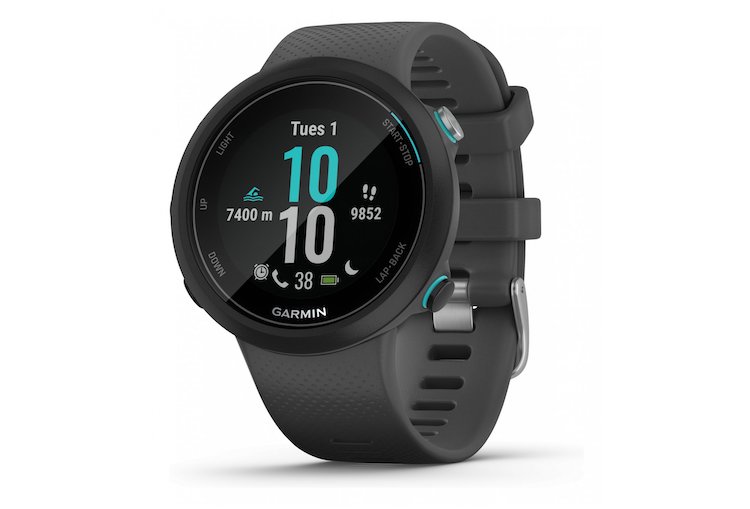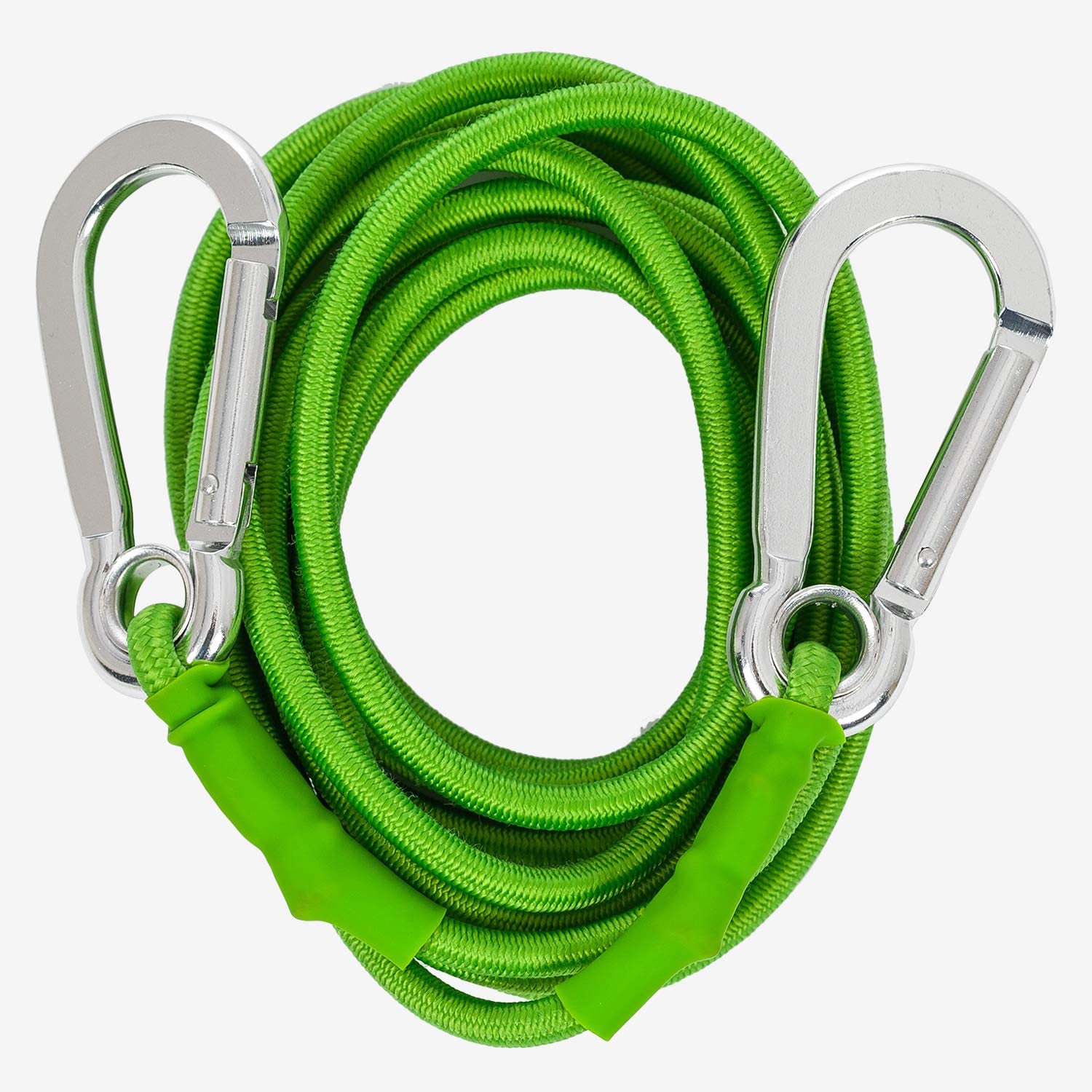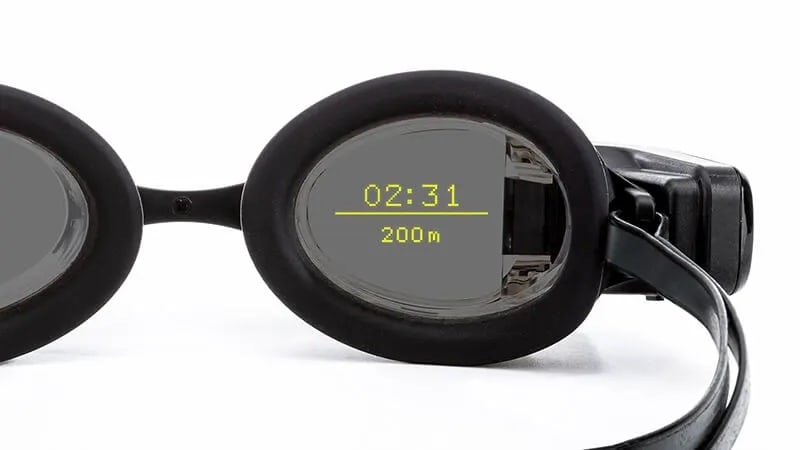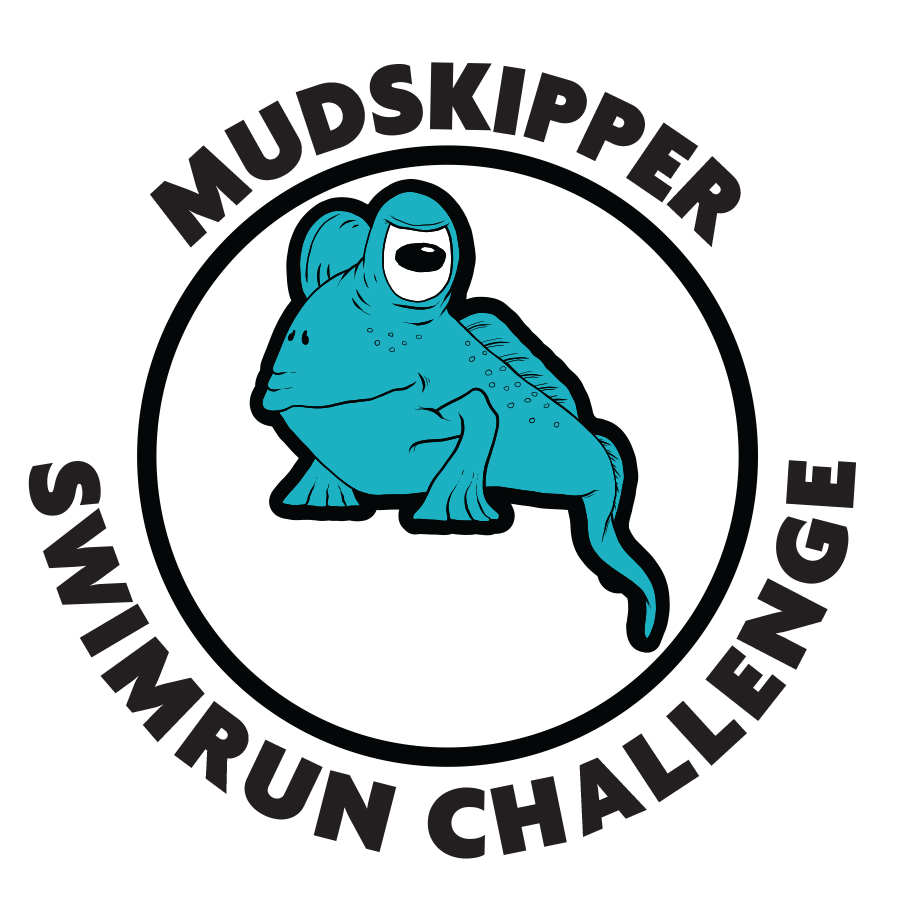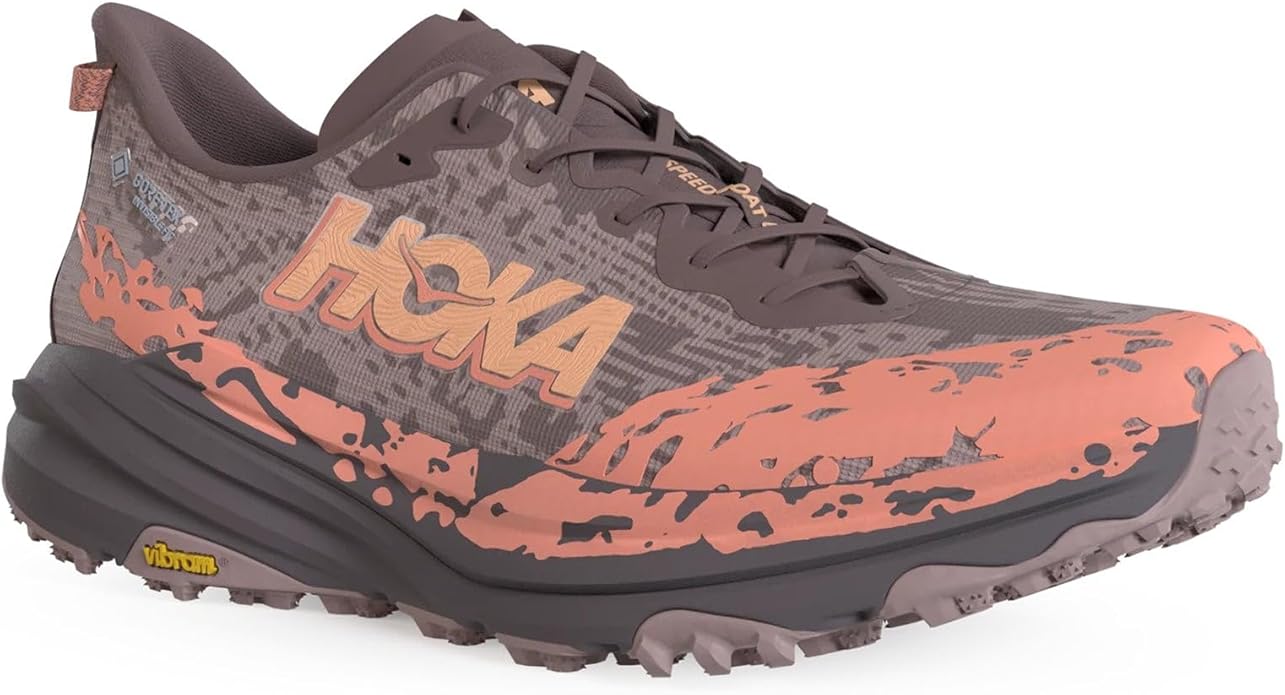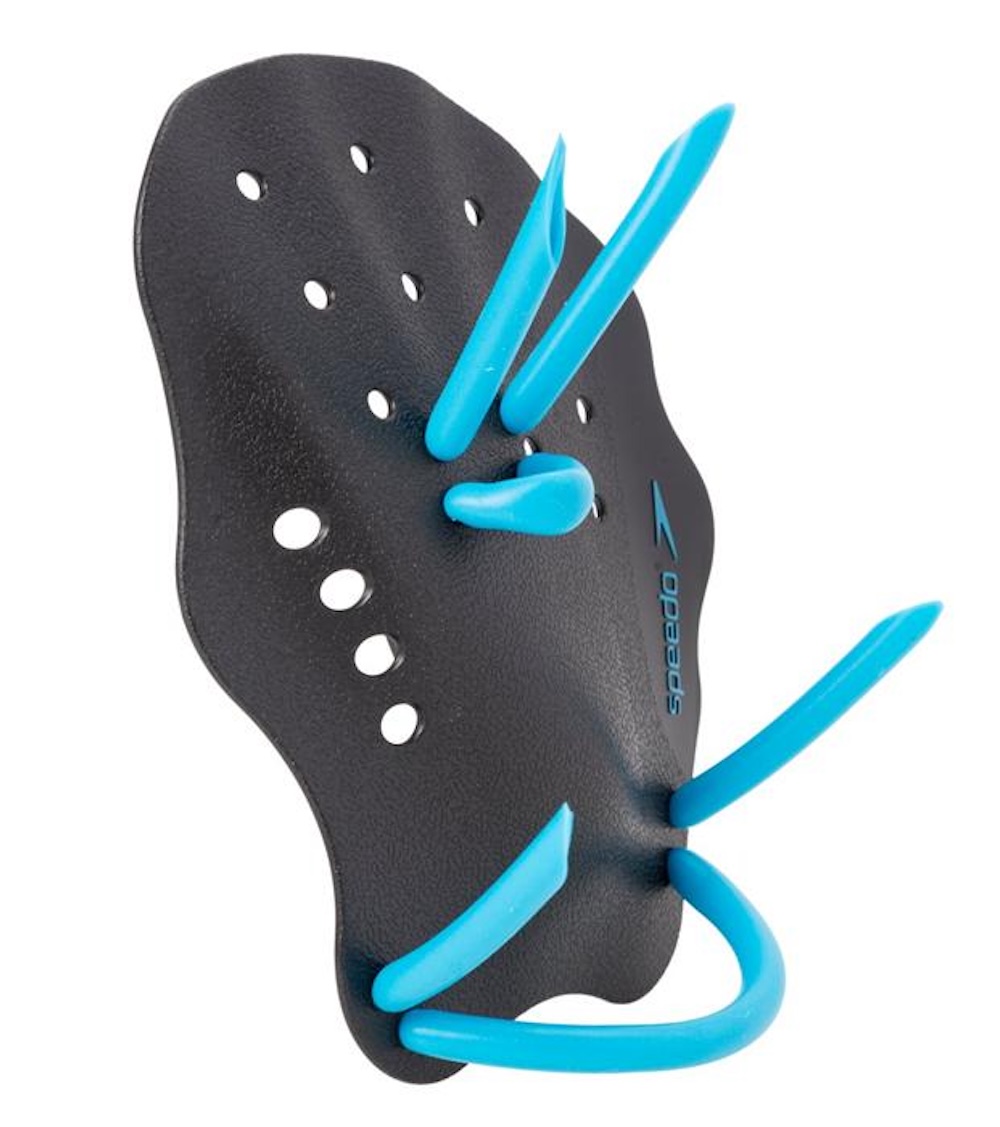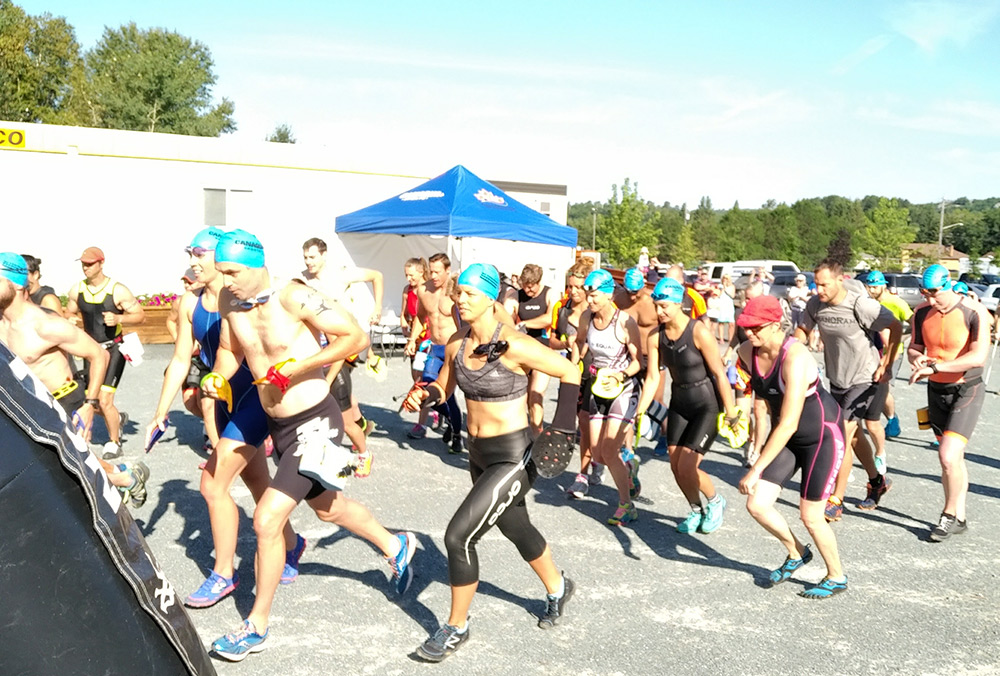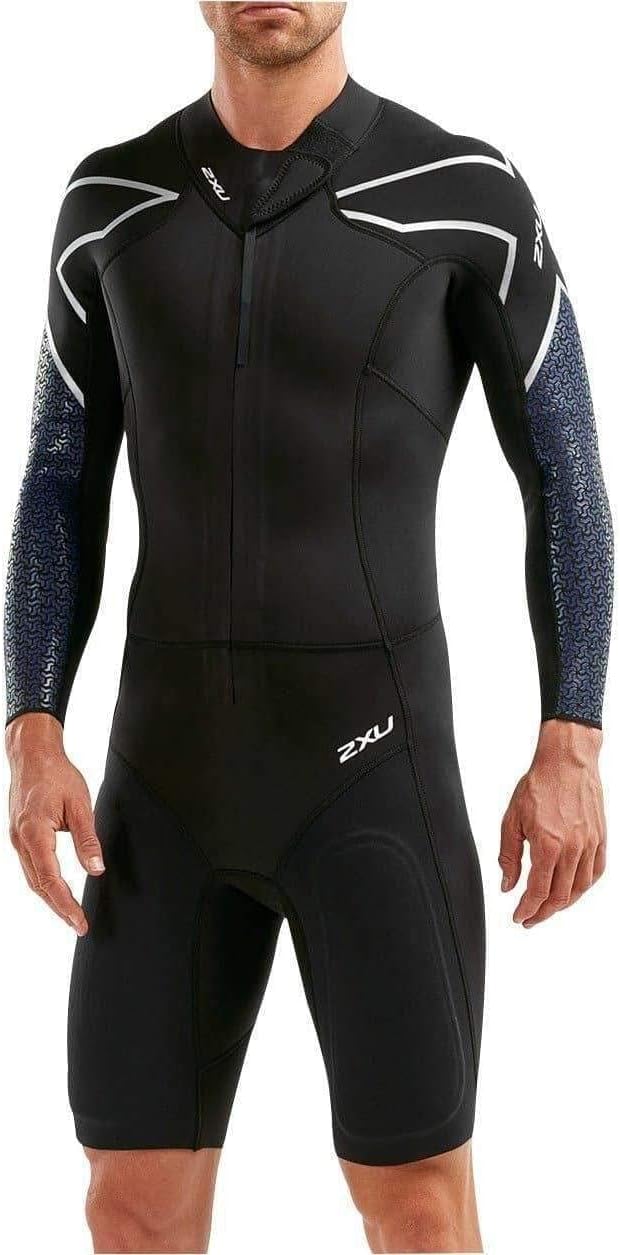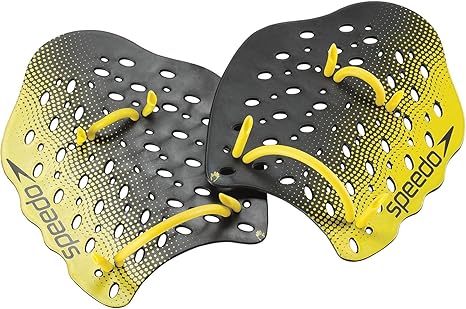Swimrun Tow Rope
or Swimrun Tether
By Richard Mitchell and Mogsy Ford
Updated January 2025
The Swimrun tow rope (or Swimrun tether) is NOT used by everybody during races. AND of those that DO use one, they use it in different ways! In my experience so far, I estimate that about 60% of teams will use a tow rope or tether at some stage during the race.
That's one of the things I love about Swimrun - the flexibility to do a lot of things the way YOU want.
The Swimrun tether was originally a piece of safety equipment, to keep the 2 team members together. Then a rule was introduced that said the 2 team members must always be within 10 meters of each other (about 30 feet). So the first Swimrun tethers were that long.
But now it is optional, and is used mostly during the swimming stages. In most teams, one team member will be a stronger swimmer than the other, while in the running stages they will be more equal. SO a tow rope is a great way of helping teams stay together, AND help the slower swimmer of the team.
A Swimrun tow rope is also sometimes called a Swimrun Tether, a pull cord or elastic cord.
For great accuracy and detailed swimming data, check out the Garmin Swim 2 GPS smartwatch for the pool and open water!
For more information and the best price check out Amazon HERE!
A Swimrun tow rope is a length of elasticated cord, usually now about 2 meters (six feet) long, with a metal karabiner at each end. The karabiner has a spring-loaded side clip that can be quickly attached and detached from reinforced loops on the wetsuits. The karabiners should be big enough to handle easily with cold hands!
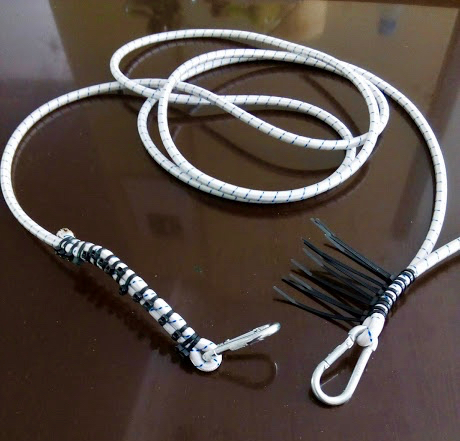 Swimrun tow rope (pull cord) close-up
Swimrun tow rope (pull cord) close-upBasically, for each swim leg, the stronger swimmer of the team should attach the tow rope to the back of his suit. The weaker swimmer then attaches the tow rope to the FRONT of their suit. When swimming, the stronger swimmer leads the team, and the weaker swimmer should swim directly behind.
By doing this, the weaker swimmer gets a “tow” from the elasticated cord, and also benefits from “drafting” or “slip-streaming” directly behind the leading swimmer. We have found this works really well.
The lead swimmer barely notices much difference - it’s not like he’s towing a dead weight! Also, the trailing swimmer usually reports that he or she doesn’t feel much of a “tow”. But the team is DEFINITELY faster using a tow rope. Without it, they would have to swim at the pace of the weaker swimmer, and we have tested this and proved that using a tow rope is faster.
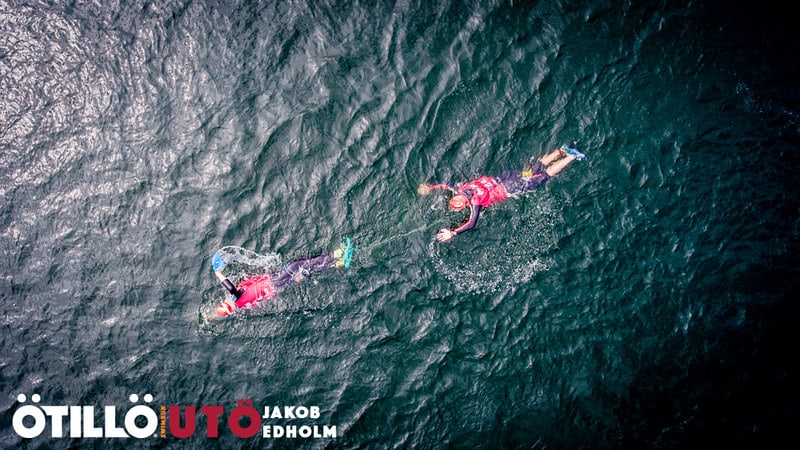 Photo credit Ötillö and Jakob Edholm taken at Swimrun Uto
Photo credit Ötillö and Jakob Edholm taken at Swimrun UtoHow to Swim with the Tow Rope
ONE PROBLEM that many people talk about is how the tow rope may interfere with the trailing swimmer's stroke. While the lead swimmer barely notices the cord, the trailing swimmer has to concentrate on not hitting the cord with their hands or paddles.
What are the best options?
First of all, swim directly behind the lead swimmer. Don't try to go off to one side slightly - if you are touching the leaders' feet, you need a slightly longer tow rope! Being directly behind puts you in the best position to 'draft' the leader.
Second, having the cord directly in front of you means you can see it better, making it easier to avoid. But you DO have to swim with a 'wider' stroke, placing your hands a little wider on entry. This can feel quite weird at first. But if you think about it, it's not a huge change - maybe 6 inches to the side of where you would normally enter your hand into the water. In addition, the position of the cord prevents your hand from 'crossing the midline' - it may even improve your style a little!
Third, a tip from us. We found it made things easier for the second swimmer if the cord was approaching her from deeper in the water, rather than being at the surface. How to achieve a deeper position?
The lead swimmer must attach the tow rope to the FRONT of his wetsuit or belt, and direct it between his legs. Because the attachment point is now about 2 feet underwater and the cord is between the leaders' legs, the cord is coming at the trailing swimmer about a foot or more underwater. This makes it easier to avoid hitting with the paddles.
This arrangement is a little more fiddly for the leader to set up at entry into the water, and he may be aware of the cord between his legs against his knees and ankles, but this is a minimal bother for the improvement gained by helping the trailing swimmer.
We do not use a tow rope nor tether for the running legs, as we usually run at the same pace and are equally strong (or weak!) on uphill sections. BUT some Swim Runners DO use a tow rope for the running legs if one member of the team is a noticeably stronger runner than the other.
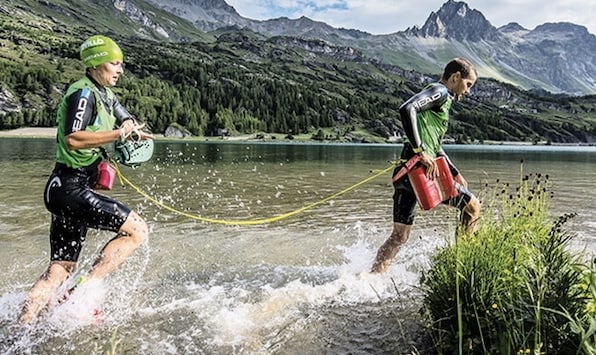 Exiting a swim leg with the tow rope still attached
Exiting a swim leg with the tow rope still attachedIn this case, the stronger runner will go ahead and lead, with the tow rope clipped into the back of his or her suit. The weaker runner will follow with the tow rope clipped into the front of his/her suit. The team must then run with enough distance between the runners to create a slight tension in the rope.
The weaker runner then has a slight but definite assistance in moving forwards. It’s important that the trailing runner keeps an eye on how far ahead the leading runner is, and tries to maintain a constant slight tension in the elastic tow rope
If the following runner closes the gap with the leading runner too much, the tow rope will become slack and may start trailing on the ground. This could become dangerous, as the following runner may trip over the rope!
On the other hand, the leading runner must be aware of the pace that his team mate is capable of, and try to keep to a speed only just a bit faster - otherwise he could take up almost all of the elastic capacity of the rope and may pull his team mate over! Also, he must keep an ear out for any instructions from the following runner, either to speed up or slow down.
The only way to know if running with a tow rope will be beneficial is for you to try it out several times during training, on different surfaces and at different paces. You may find it to be more trouble than it’s worth if both team members are similar in running ability.
BUT if one of you is clearly a better runner than the other, then running with a tow rope may make the team faster and/or reduce running stress on the slow runner in the team.
How to make a simple Swimrun tow rope!
Here’s how I made a simple tow rope for about 5 dollars! ; -
I bought 2 metres of elastic bungee cord, about 6mm thickness, two karabiners of about 2 inch diameter, and a pack of small plastic zip ties. At each end of the bungee cord, I created a loop so that I had about 6 inches of cord doubled back on itself.
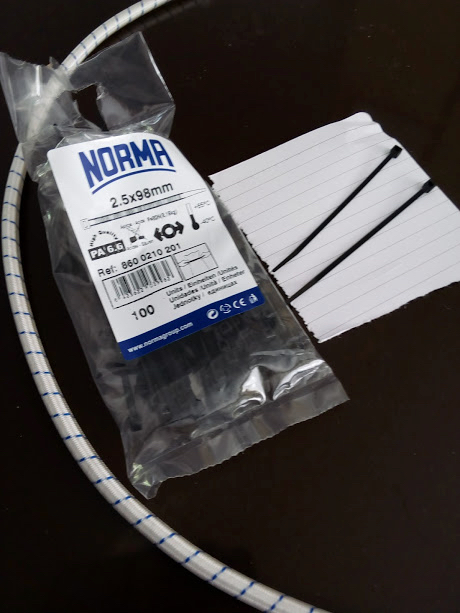 SwimRun tow rope zip ties
SwimRun tow rope zip ties I then used about 8 to 10 zip ties to secure the loop. Here’s a photo.
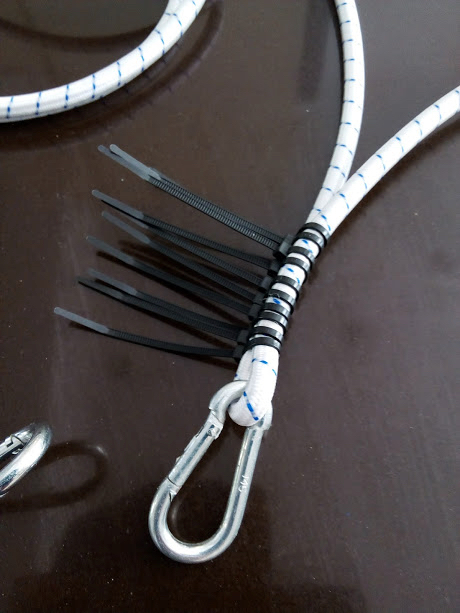 SwimRun tow rope zip ties before cutting
SwimRun tow rope zip ties before cuttingAfter securing the loop, I cut off the excess plastic from each zip tie, and then GENTLY melted each zip tie locking point with a SMALL flame on a cigarette lighter. This rounds off the sharp corners on the zip tie, and helps to lock the tie in place.
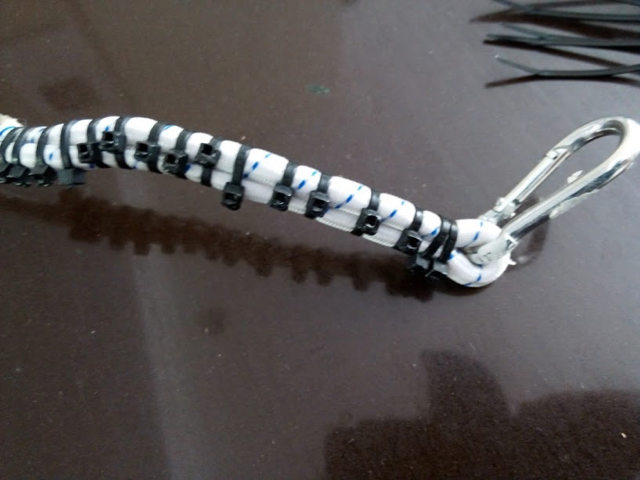 SwimRun tow rope after cutting and melting the zip ties
SwimRun tow rope after cutting and melting the zip tiesAt first, our home-made elastic tow rope seemed to be a bit too long, and as a temporary measure we just tied a big knot in the middle to shorten the rope.
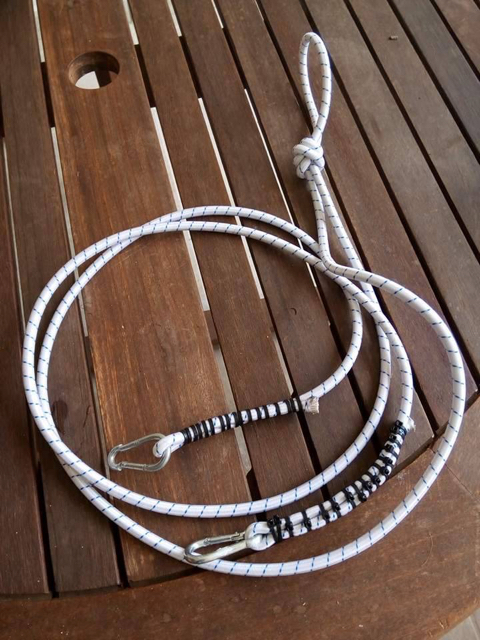 SwimRun tow rope with a knot to shorten the rope temporarily
SwimRun tow rope with a knot to shorten the rope temporarilyAfter a number of training sessions in the sea, however, Mogsy found that she was swimming too near to my feet most of the time - too close for comfort! Also, when her new custom-made wetsuit arrived, the clipping point for the rope was lower than before.
So we simply undid the knot, and the SwimRun tow rope became just about the perfect length. As always, you have to test, test, test these things in training, doing EXACTLY what you would be doing in a race.
Then there will be no awkward surprises on race day!
Swimrun Tow Rope
Our tow rope / pull buoy and belt system.
We bought a pull buoy and belt system from SwimRun Shop which has unfortunately ceased trading now, and it came with a new tow rope. This new one is bright pink for high visibility, and less than half the thickness of our home-made tow rope. We have used it a few times, and we have noticed 2 things about it;
1. When Mogsy stops swimming, to adjust her goggles or whatever reason, the rope stretches out much more as Richard continues to swim. This means that he doesn't notice that Mogsy has stopped, for about 5 seconds, or longer. With our home-made rope, he can feel it within 2 seconds or so.
2. Over recent training, the new tow rope seems to have become longer - ie. stretched. It's now too long.
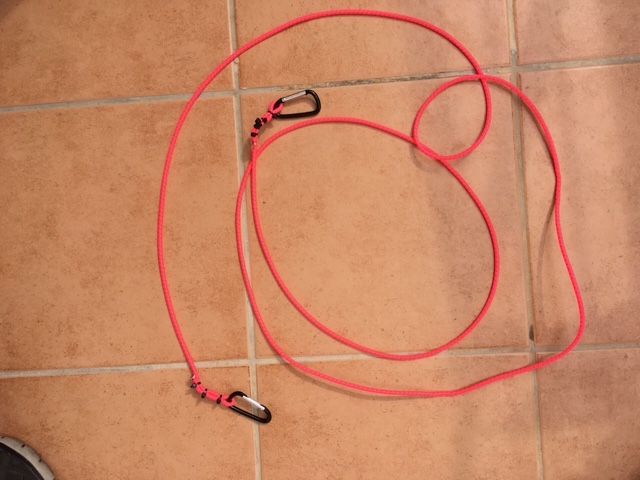 Our new swimrun tow rope
Our new swimrun tow ropeInitially, we both felt that this new SwimRun tow rope may be a little TOO thin, and we both had reservations about how strong it may be in rough swim conditions. So, we went back to our old home-made tow rope, for more comparisons. After a few trial swimrun training sessions, we found the old home-made tow rope felt heavy and lacking in the elasticity of the new rope.
Mogsy also found the new bright pink swimrun tow rope much easier to see in front of her while swimming in cloudy water, helping her to avoid hitting the rope with her paddles.
SO, our final decision is to go with the NEW bright pink SwimRun tow rope from Swimrunners. It's our new favorite! We are using this now because it came automatically as part of the pull belt and buoy system; I could have made one myself using the same method as above, but using thinner cord, say, 2 or 3 mm instead of the 6mm cord that I originally bought. And also chosen a bright color, to help in murky water!
Orca SwimRun Bungee Cord
As the sport of SwimRun is growing there are now many equipment options out there! This include tow ropes and our readers have found the Orca Swimrun Bungee Cord to be a good choice.
It's a great color for the back swimmer to keep track of in the water and has the quality of the Orca range. One to consider we think!
Check out the best price HERE!
Monitor your activity and performance while you are swimming with the
CLICK HERE for further details and the BEST PRICE at Amazon!
www.swimrun-advice.com works with the following Swimrun companies:
